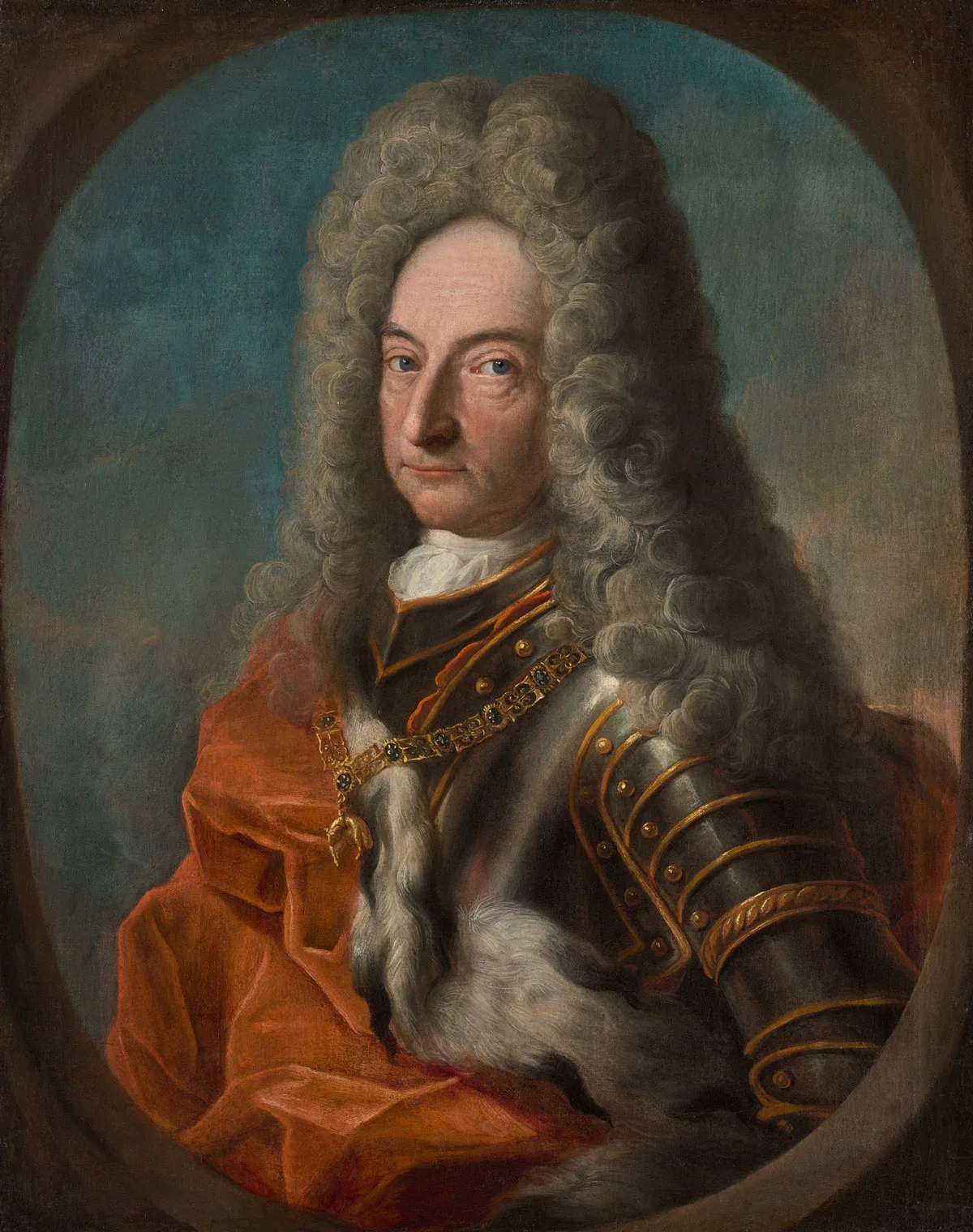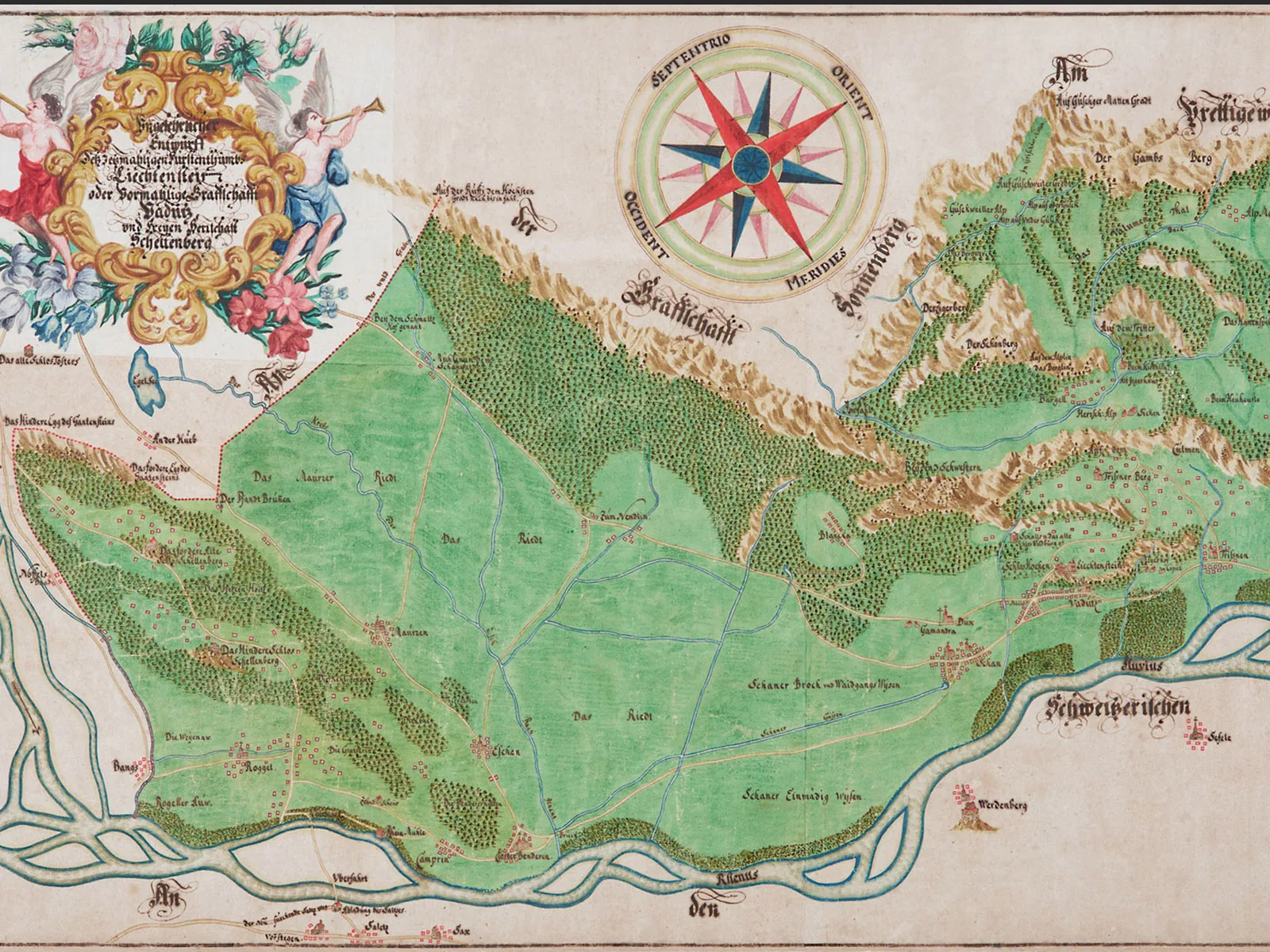
How the Principality of Liechtenstein came into being
The Principality of Liechtenstein has existed for over 300 years. The small country situated between Switzerland and Austria was not established on conquered territory, nor did it emerge from a post-war peace treaty. Instead, it was purchased by the Princely House of Liechtenstein, which gave the nation state its name.
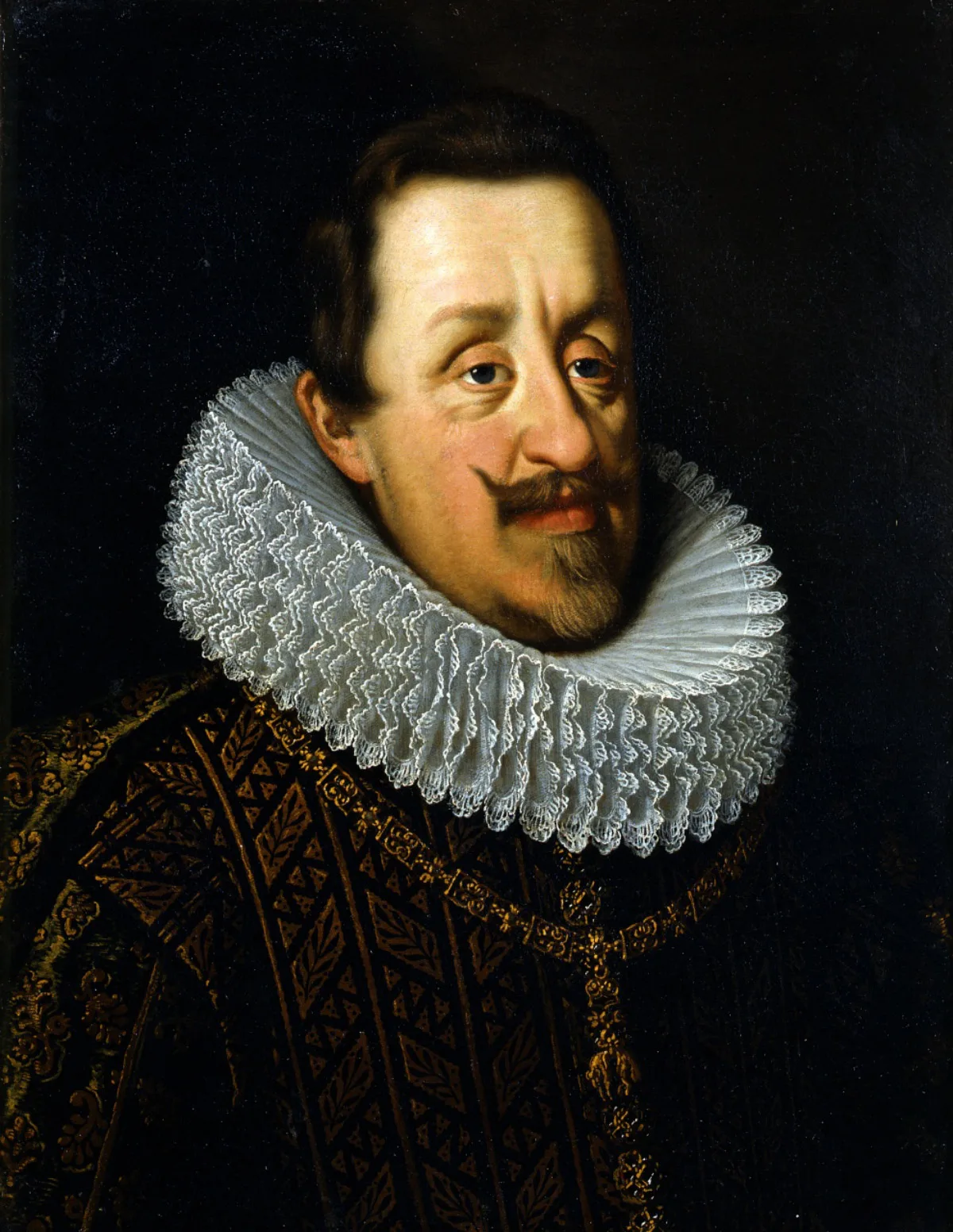
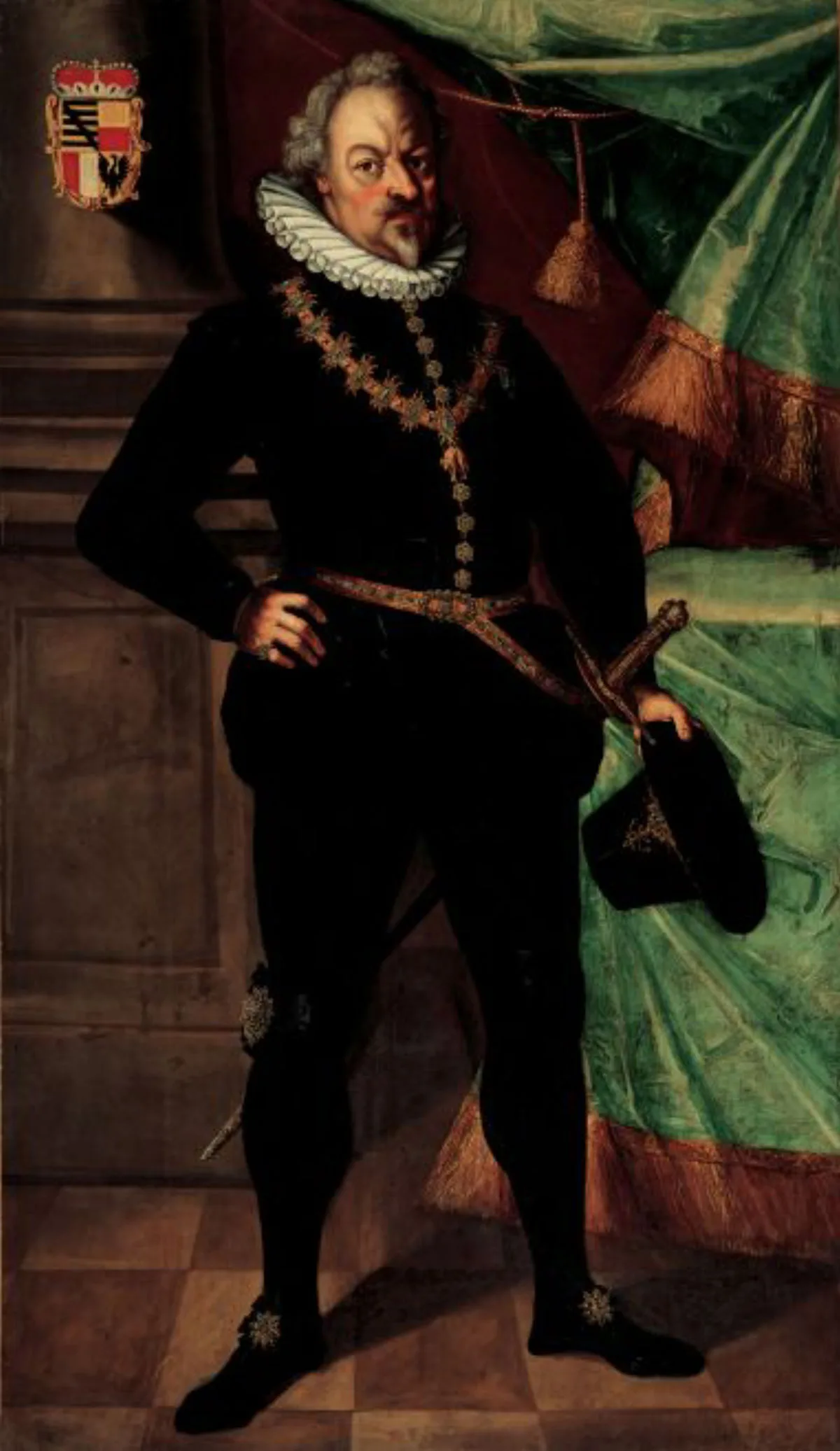
Purchase of the lordship of Schellenberg
At that time, the lands in question were ruled over by the counts of Hohenems, whose actions hastened the area's economic decline. Writing in the 19th century, historian Peter Kaiser described the despotic rule of Count Ferdinand Carl von Hohenems as follows:
With a propensity for profligacy, tyranny and violence, he showed scant regard for the law, preferring to follow the moods of his impetuous and passionate temperament.
A commission headed by the Prince-Abbot came to the conclusion that the situation could only be remedied by putting the two territories up for sale. Negotiations to that effect then began, with a view to clearing the debts amassed by the counts of Hohenems.
Secular as well as religious parties showed an interest in the territory, including the Prince-Abbot of St. Gallen and the Bishop of Chur. On 12 June 1697, Prince Johann Adam Andreas von Liechtenstein wrote a missive to the Emperor announcing his interest in the lordship of Schellenberg. The prince, in search of a territory with imperial immediacy, offered the largest sum and won the day. The purchase price of 115,000 guilders far exceeded the actual value of the area, hard-hit as it was by war, plague and witch-hunts.
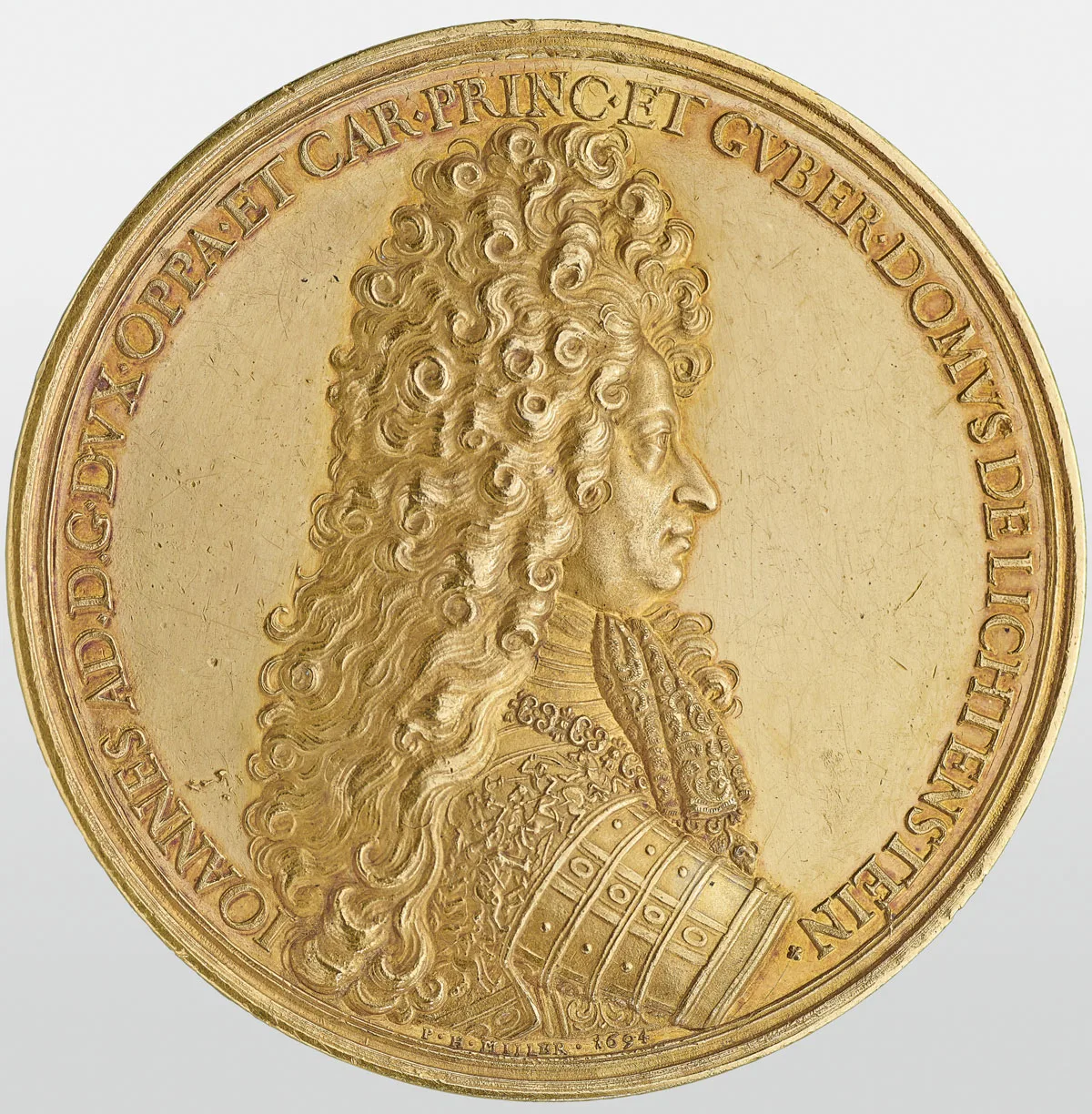
Acquisition of the county of Vaduz
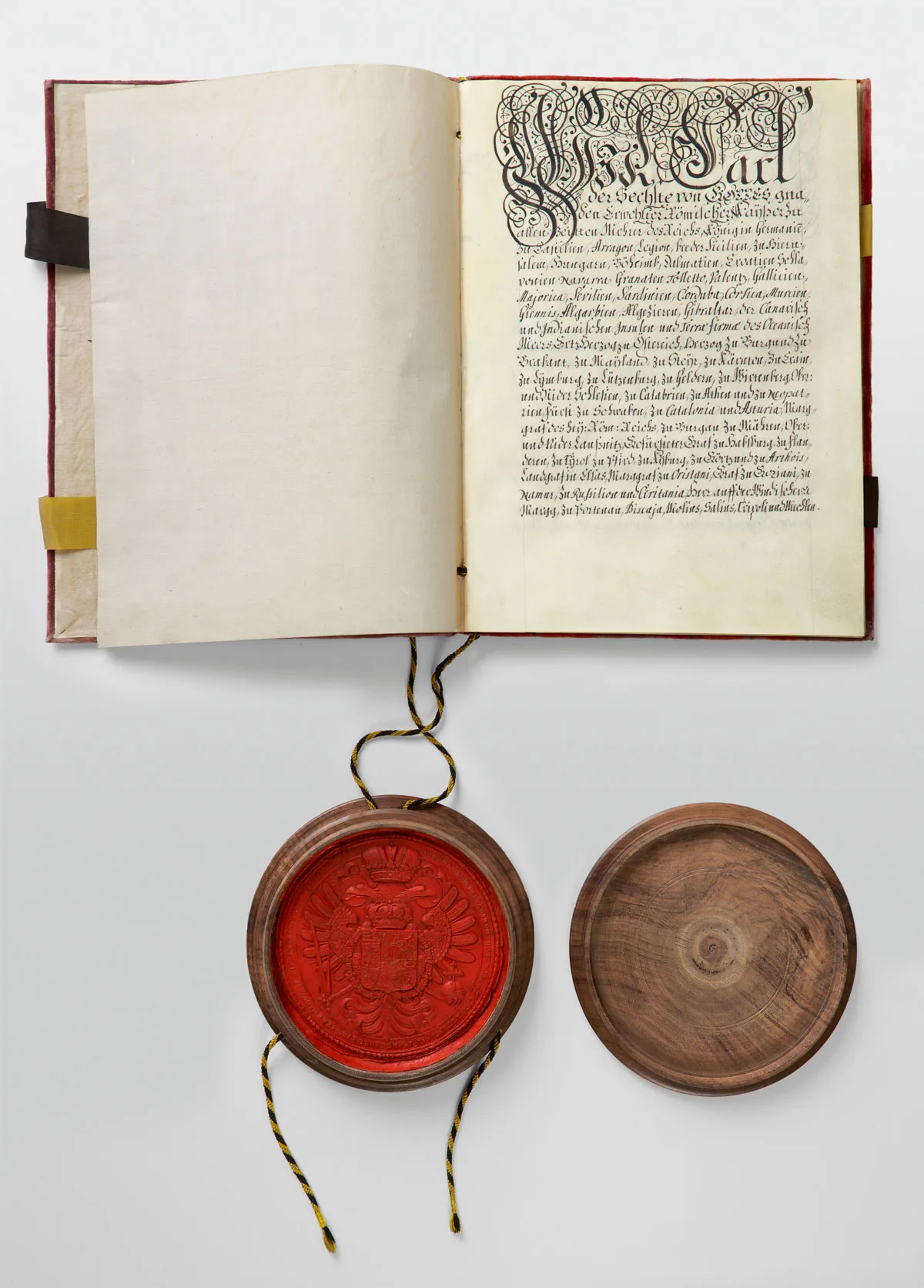
1719: Schellenberg and Vaduz unite to form a Principality

